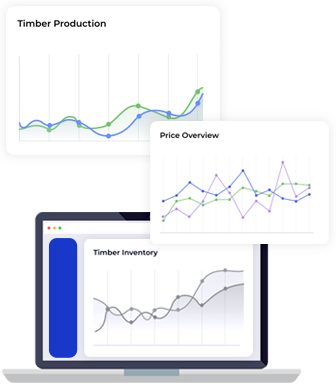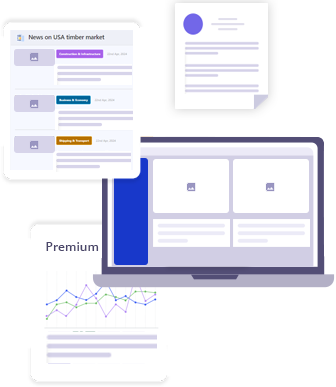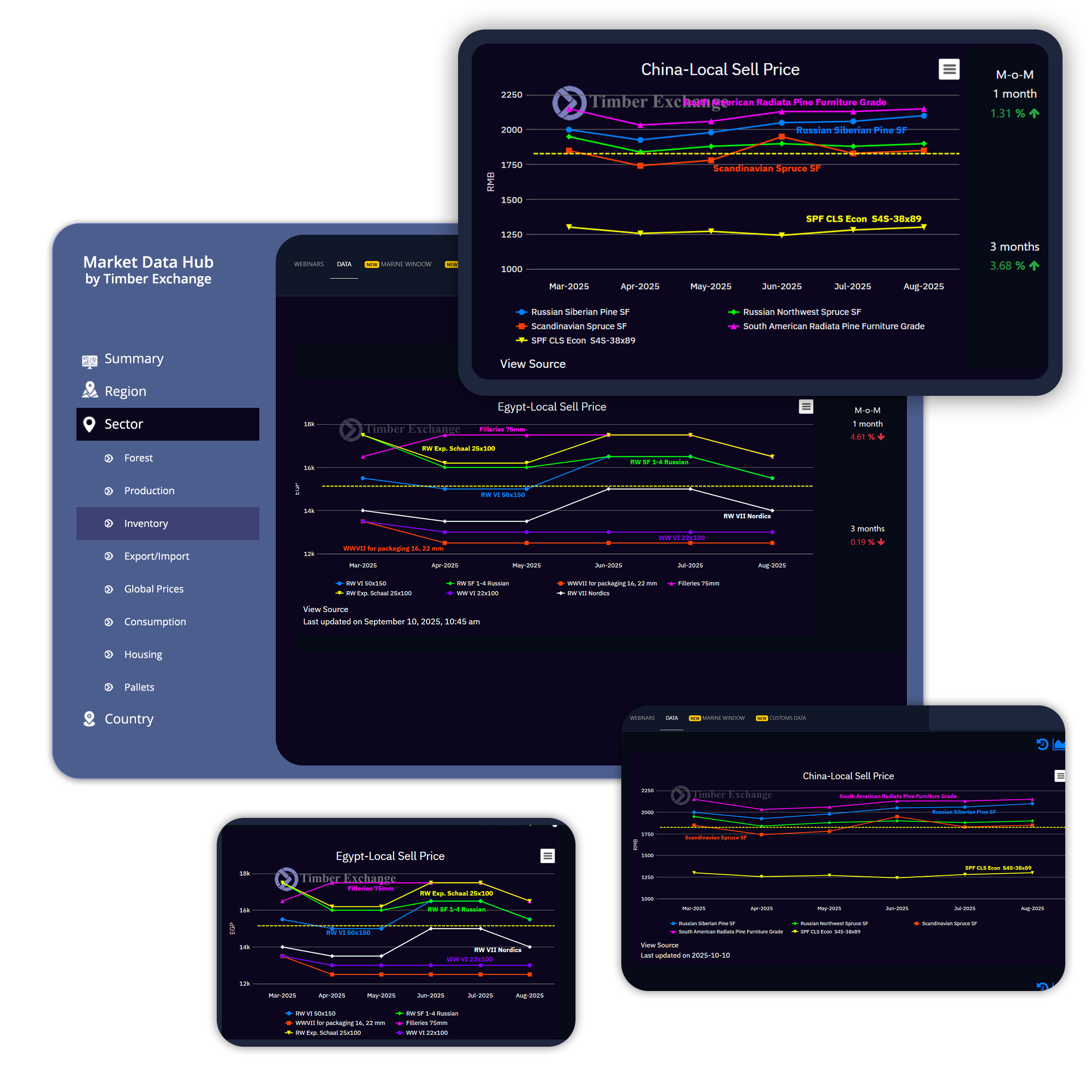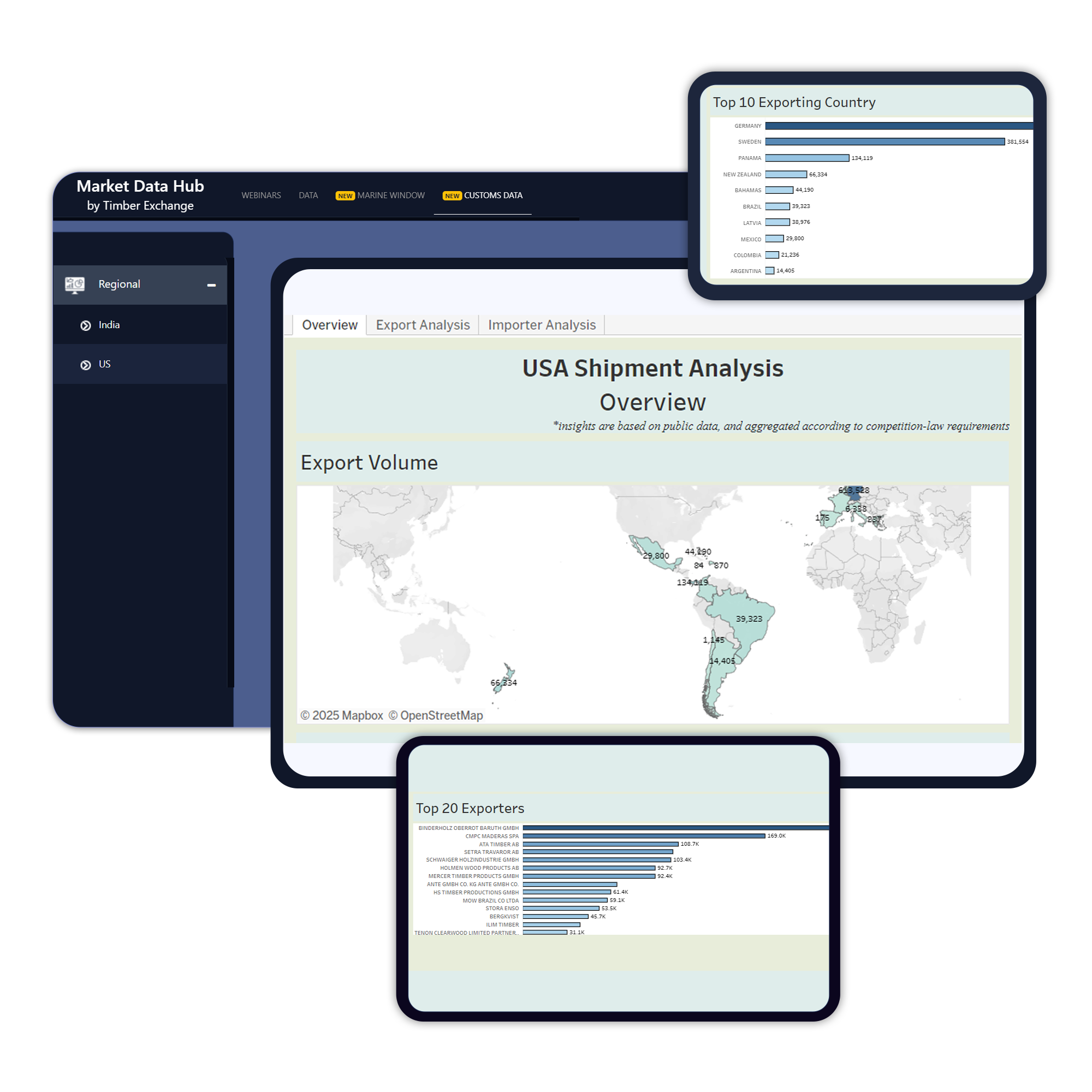
Ocean freight market set to surpass Red Sea crisis peak
Posted on June 7, 2024 |
Ocean freight container spot rates are expected to surpass Red Sea crisis peak levels when new increases take effect on June 1.
From the Far East to the US West Coast, spot rates are predicted to reach $5,170 per FEU on June 1, exceeding the Red Sea crisis peak of $4,820 from February 1, a 57% rise in May and the highest in 640 days.
Rates from the Far East to the US East Coast are expected to hit $6,250 per FEU on June 1, just below the Red Sea crisis peak of $6,260, up 50% since April 29.
Spot rates for the Far East to North Europe trade are forecasted to reach $5,280 per FEU on June 1, surpassing the Red Sea crisis peak of $4,839 from February 16, a 63% increase since April 29, and the highest in 596 days.
Rates for the Far East to the Mediterranean trade are expected to rise to $6,175 per FEU on June 1, above the Red Sea crisis peak of $5,985 from January 16, a 46% increase in May and the highest in 610 days.
Significant rate increases are occurring across major trade routes, surpassing previous peaks set during the Red Sea crisis.
These increases highlight ongoing market volatility and high demand for ocean freight.
Rising spot rates reflect the continuing pressure on shipping capacity and the impact on freight costs.





